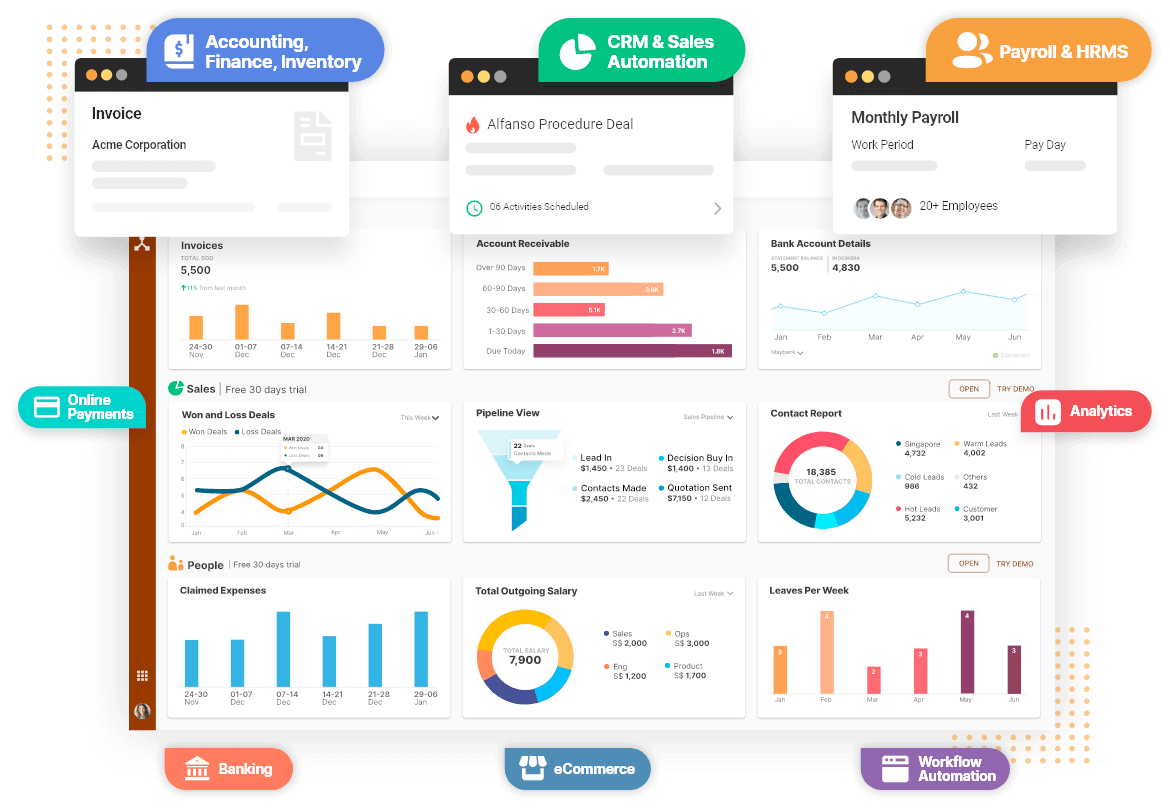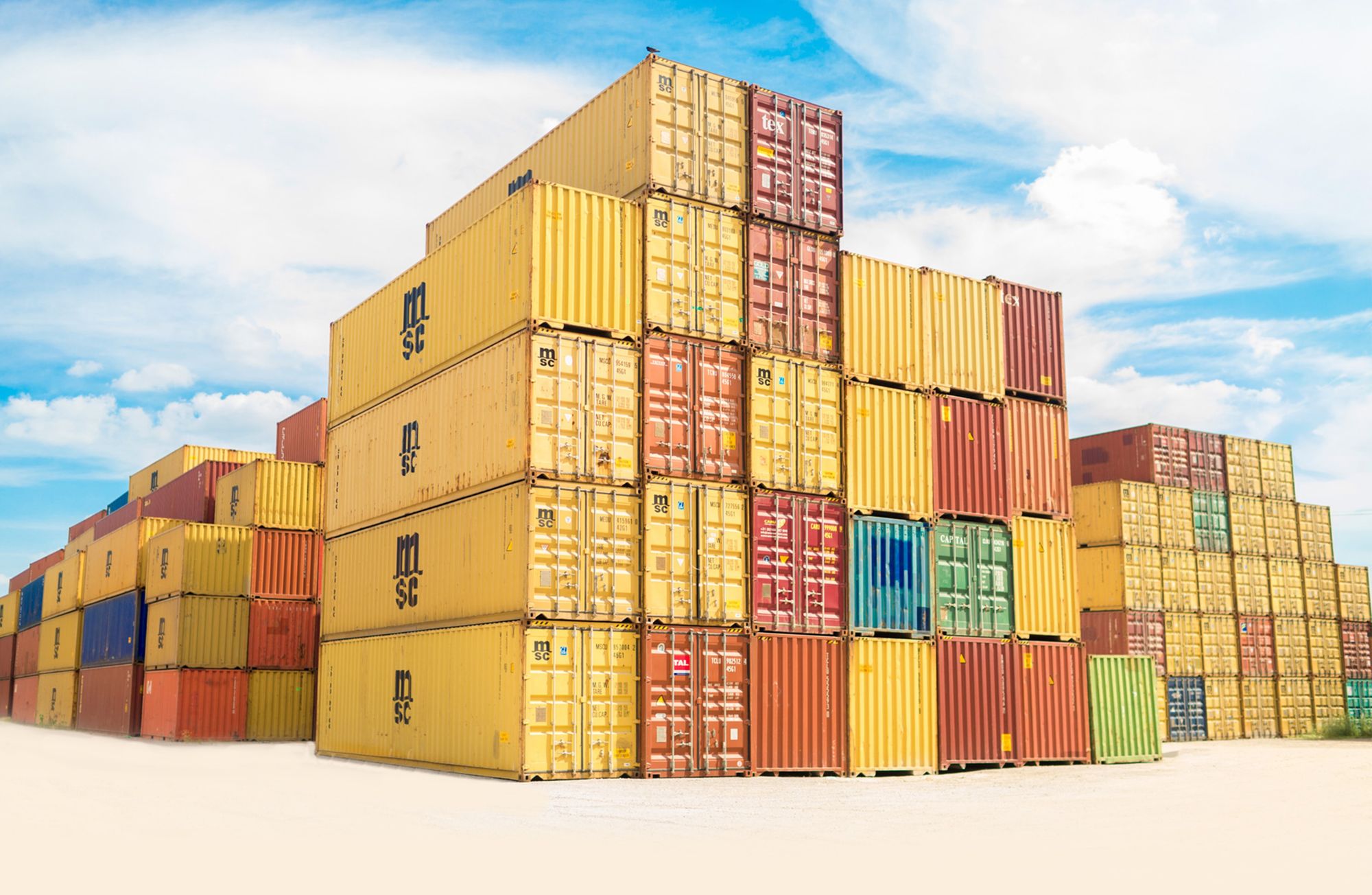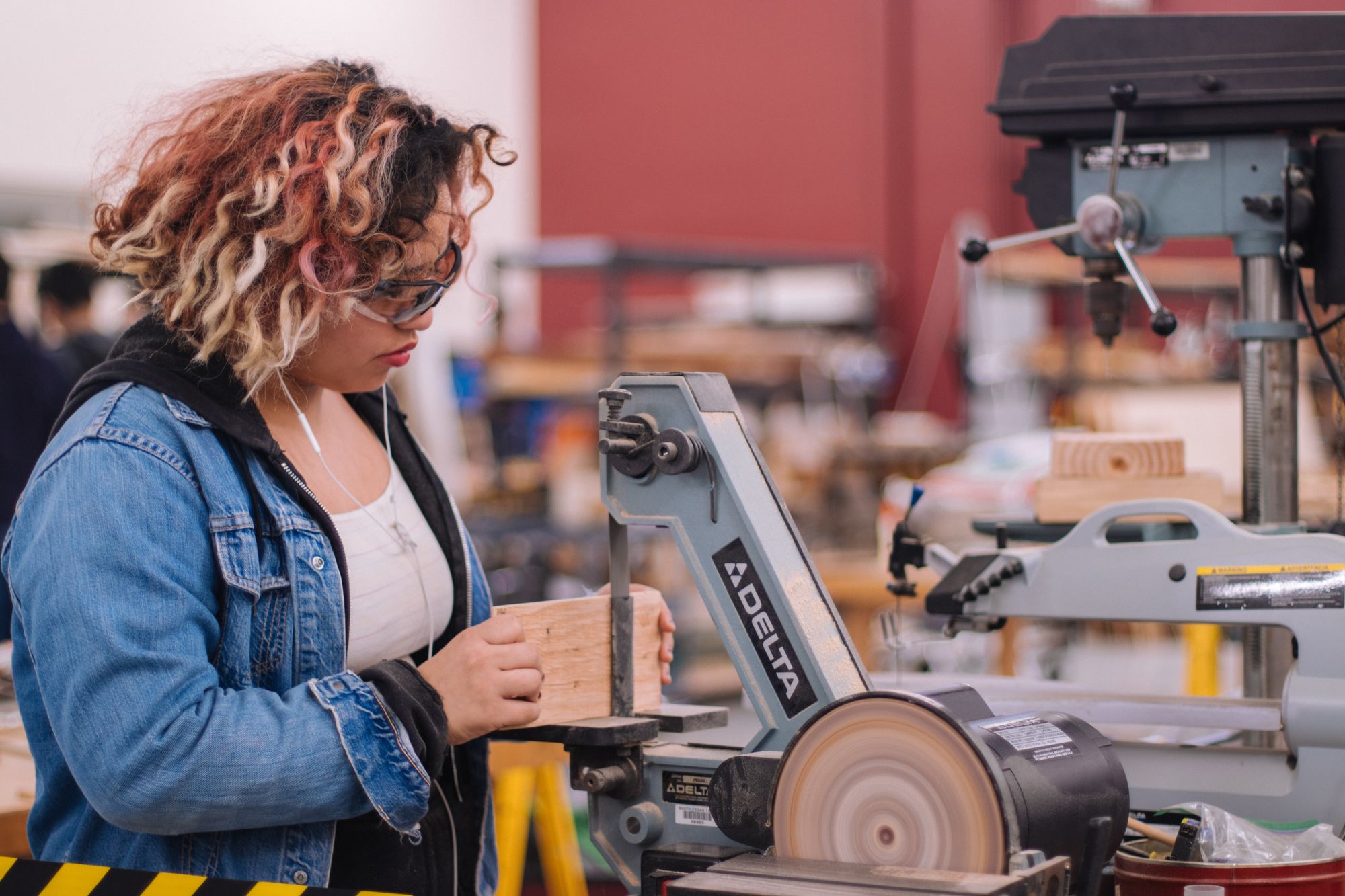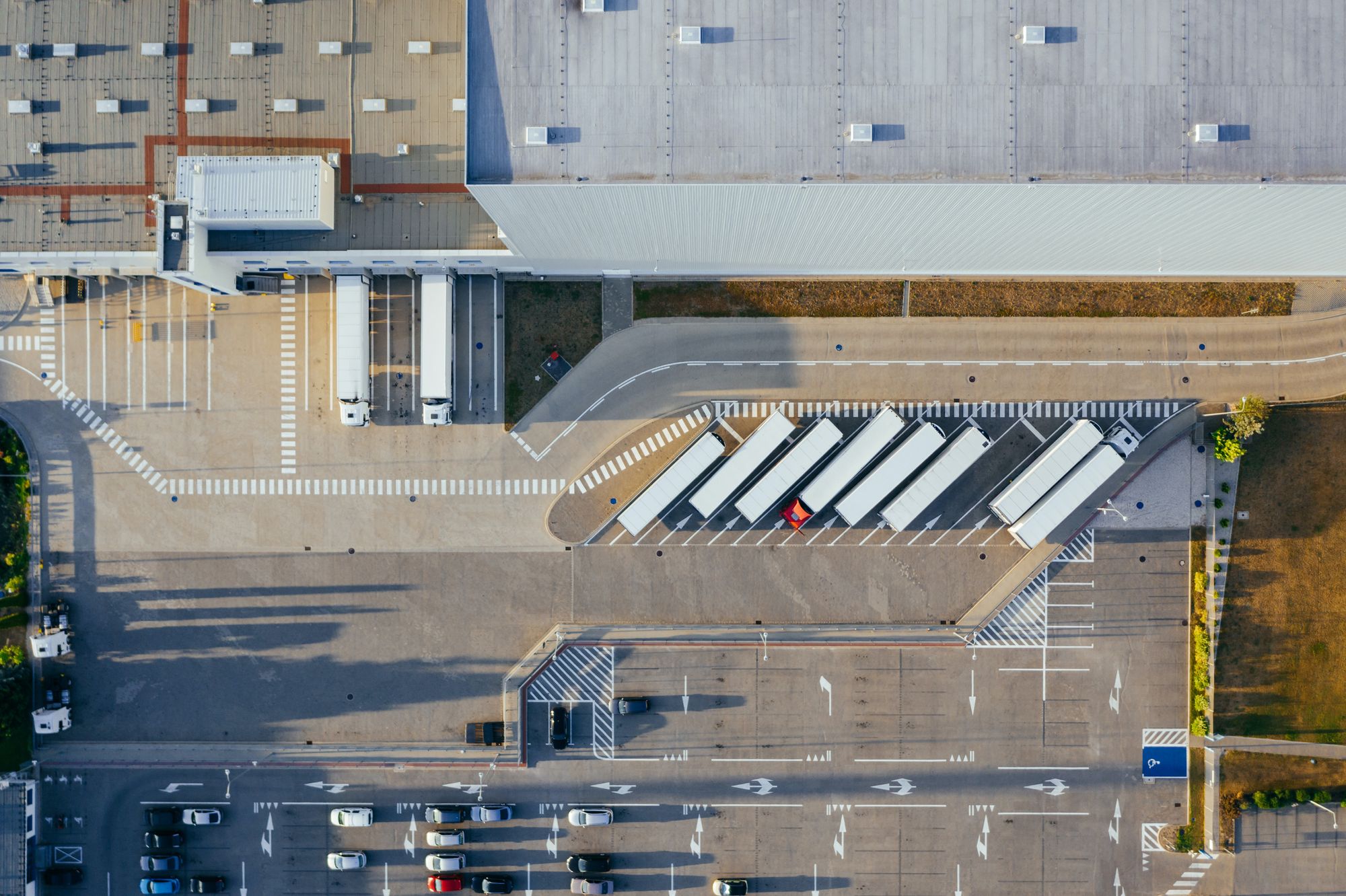Are you a business owner or maybe planning to be one? Then you must have already come across other business people saying that they need to cover their factory overhead. This phrase might appear completely strange to you if you are a newcomer to the business world.
Nothing can be more satisfying than running a business and making a livelihood out of it. However, you are entitled to go through different challenges to experience the ultimate freedom of owning a business. These struggles also make you learn different business-related useful information to grow your company. Factory overhead is also such a term and something that is very crucial to know for entrepreneurs.
The manufacturing process is very crucial for any business. It constitutes the backbone of a business. Any company tends to spend various indirect expenses to carry on the manufacturing process without any failure. These indirect costs are referred to as factory overhead or manufacturing overhead. It excludes labor and material costs that are incurred directly.
If you want to learn about Factory overhead and what Factory overhead includes, you have landed on the right page. This article is going to discuss the following topics to guide you in this matter:
- What Is Factory Overhead?
- Explain Factory Overhead With An Example
- Factory Overhead- The Major Three Parts
- Indirect labor costs:
- Indirect material costs required for the manufacturing process:
- Costs associated with the factory
- How Can Factory Overhead Be Classified?
- Percentage Of The Direct Material Purchase Price
- Proportion Or Percentage Of Prime Expense
- The Direct Cost Of Labor As A Percentage
- How Does A Company Account For Factory Overhead Expenses?
- What Are The Advantages And Disadvantages Of Determining The Factory Overhead Of A Company?
- Benefits
- Challenges
- Conclusion
- Key Takeaways
What Is Factory Overhead?
If you are planning to run a business or you already own a business, you must already know that it requires business expenses to carry on the manufacturing processes seamlessly. The raw materials and infrastructure fall under this category. However, there are some other expenses that take place during the manufacturing process, and these cannot be directly linked to the production process. These are known as "factory overhead."
Factory overhead is mainly associated with factories or the manufacturing of commodities. In other words, a business needs to deal with factory overhead in order to manufacture the product. However, if you want to trace back the expense to the product's manufacturing, it might not be possible.
Explain Factory Overhead With An Example
If you are still wondering about what is factory overhead, here is a quick factory overhead example to give you an idea about this matter.
Take an example of a guitar manufacturing factory. Wood and material costs are two major components that we can trace back to evaluate the manufacturing expenses of guitar making. However, there are other utilities that account for manufacturing expenditure, and business owners cannot immediately link them to each instrument that leaves the factory.
Electricity is one type of utility that the guitar industry majorly depends upon. However, who can specify the exact amount of electricity required to create a single guitar? This is why electric costs spent on manufacturing a single guitar are not possible to evaluate. However, overhead expenditures cannot be avoided.
Insurance, lease, building maintenance and repair, equipment maintenance and servicing, and property taxes are some spectrums that cover factory overhead examples.
Factory Overhead- The Major Three Parts
Factory overhead cost includes major three parts that contribute to the seamless manufacturing process of the products in a business organization. The major three parts include-
Indirect labor costs:
One of the major components of factory overhead consists of indirect labor costs. If you are wondering how the indirect labor force works, you need to think of the personnel who are not directly associated with the production process. However, their indirect duties and performance help to carry on the manufacturing procedure in a company. It includes managers, auditors, janitors, repairmen, transporters, maintenance workers, logistics handlers, and other staff.
Despite not being directly connected to the production process, these professionals majorly contribute to the company's business success. They mainly play an overall role by holding a position rather than being specifically dedicated to a production process.
Indirect material costs required for the manufacturing process:
When it comes to specifying the raw materials to carry on a manufacturing process, we tend to mention only the major ones that are active ingredients for gaining the desired product. However, there are some materials that the manufacturing process requires throughout the process without being actually used directly in the process. These ingredients are very crucial and the manufacturing process cannot be completed without them. These materials are known as "indirect materials." They mostly consist of oils and lubricants, cleaning chemicals, safety gear, tape, adhesive, and other similar items.
The costs of the indirect materials fall under the category of factory overhead.
Costs associated with the factory
If you are already a business owner or looking forward to building one, you must be aware of the fact that investing in a business is a continuous process. It does not end with the initial setup cost. So, if your business runs a factory, to keep the production process on track, you will need to spend various amounts to maintain the factory quality along with the production process quality.
These expenses include non-production fixed costs such as rent, license, insurance, utilities, energy, upkeep and maintenance, depreciation, etc. The costs also involve variable expenses or expenses that fluctuate depending on the production amount. Indirect materials and utilities fall under this category. These indirect costs are referred to as factory overhead.
How Can Factory Overhead Be Classified?
These costs of factory overhead are charged to keep production running smoothly and to keep track of the operational charges. The operational charges are incurred on a regular basis as part of the plant's operations. Factory overhead charges can be divided into numerous categories. The following ones are among the most prevalent classification methods:
Percentage Of The Direct Material Purchase Price
When factory overhead costs are a significant part of the total cost, this is considered the easiest and most common way. The factory overhead rate is calculated in this step, and expenses are swallowed at that rate. The following formula is the way to reflect the overhead rate of a factory.
Overhead Rate = (Direct Material Cost / Factory Overheads) * 100
Proportion Or Percentage Of Prime Expense
If you are looking for another useful method to calculate the factory overhead costs, looking for a percentage of the prime cost might help. The percentage of prime costs involves different manufacturing expenses, including direct material expenses, direct labor costs, and other direct expenses.
The Direct Cost Of Labor As A Percentage
This method ensures another approach to computing the factory overhead of a company in the correct way. This approach is calculated as a proportion of the company's direct labor expenses. However, the strategy fails to account for the working time of qualified or skilled individuals and unqualified or unskilled individuals, resulting in skewed results.
How Does A Company Account For Factory Overhead Expenses?
Any company requires a process of smooth allocation of factory overheads to carry on its operations seamlessly. Allocating factory overhead is difficult yet necessary to achieve a smooth and steady manufacturing environment. This happens because the significance of the costs is very high. An accurate apportionment is required to determine the true profitability and productivity of the various divisions.
The process afterward requires completing some steps. All this information is gathered initially from all the concerning departments as well as divisions. After that, they are divided into those that can be assigned and distributed and those that can't. Next, it is time to calculate the factory overhead for each division of the manufacturing process on the basis of the aforementioned classification. The factory overhead rate is calculated depending on this. It's used for planning and budgeting, comparing over time to see whether there is any case of under absorption or overabsorption.
What Are The Advantages And Disadvantages Of Determining The Factory Overhead Of A Company?
Determining factory overhead has its own benefits as well as challenges. Let’s dive into this to understand the importance of factory overhead better for your existing or upcoming company.
Benefits
- Calculating profit for a business is a very crucial aspect of upskilling its financial health. Otherwise, the business model can collapse, losing an enormous amount of money. Determining factory overhead or manufacturing overhead allows the company to determine profit growth more accurately. This seems to be more accurate because manufacturing overhead accounts for all the indirect expenses and indirect investment costs incurred by the business
- If you are a business owner or planning to run a business, you must be aware of the fact that there are tonnes of competitors around the globe trying to beat your business strategy and acquire your potential customer base. So, having a well-equipped approach to examine and conduct peer comparisons to determine how the competitors are doing is very important. Identifying factory overhead enables you, as a business entity, to analyze the competitors' growth potential in a particular area
- This also helps to identify whether the indirect costs are higher for a business as compared to its competitors. However, if you find after evaluating the manufacturing overhead that your business is doing something with the wrong approach, you may take corrective action to compete against your competitors
Challenges
- Despite being crucially significant, indirect costs in the manufacturing process of a business are very tough to control and monitor. However, direct expenses are very easy to regulate. This is why determining factory overhead becomes quite a difficult job to keep track of the manufacturing costs. Sometimes it even becomes impossible to distinguish between the indirect costs or factory overhead since they do not possess any direct link to the final product
- When it comes to identifying the factory overhead costs, it becomes very laborious and burdensome. This happens because no single solution to derive the factory overhead is considered completely objective and impartial. Adding to that, determining the factory overhead costs is not only challenging but also time-consuming. It may hamper the overall workforce in an organization. These constraints sometimes make the factory overhead estimates of manufacturing costs or service delivery inaccurate
Another significant disadvantage is that allocation is usually dependent on equipment or labor hours. However, not all industrial overhead is tied to these parameters; expenses such as lease and security taxes are not significantly impacted by these factors
Conclusion
Factory overhead assessment is a crucial aspect of handling the manufacturing processes of a company. Recognizing what factory overhead entails will help you streamline the production process in an effective way. This will also help you to keep track of any secondary costs related to producing your goods. So, it is very important to enforce a well-versed approach to determine the factory overhead of the existing or upcoming manufacturing process of your company.
How Can Deskera Help you?
Deskera Books will assist in inventory management, automate inventory tracking and their insights. It also have backorder management which will ensure that you never fall short of any inventory. Deskera Books will also help you to keep a track of your outstanding account receivables and account payables, hence ensuring you have a healthy cash flow.
Deskera can assist with customer relationship management, human resource management, attendance management, and payroll administration.

Try Deskera to alleviate your business workload. For a range of sectors, use free, downloadable, and customizable invoice templates, automated invoicing, billing, expenses, payments, accounting, inventory, recording all deposits, and much more.
Key Takeaways
- For any firm, the production process is critical. It builds the foundation of any company. Any business will incur a variety of indirect costs in order to keep the production process running smoothly.
- Factory overhead or manufacturing overhead are the terms used to describe these indirect costs. It does not include directly incurred labor and material expenditures.
- However, they are just as important as direct expenses and must be tracked with extreme caution.
- Another important consideration is the nature of these costs in general. Unlike actual expenses, which are generally changeable, the majority of indirect costs are permanent and stable or semi-variable.
- As a result, businesses must grasp these industrial overheads comprehensively and should keep track of them. This holds such great significance because they are considered the most challenging aspects to control. However, they are also very critical factors to a company's success.
So, if you are trying to streamline your business manufacturing process, you are entitled to keep an eye out for the factory overhead. The following aspects should be kept in mind while evaluating the factory overhead:
- All the direct and indirect expenses
- direct and indirect material costs
- direct and indirect labor
- Internationally recognized formula to evaluate factory head
Related Articles











